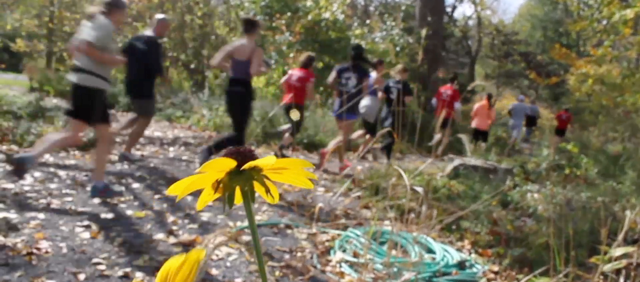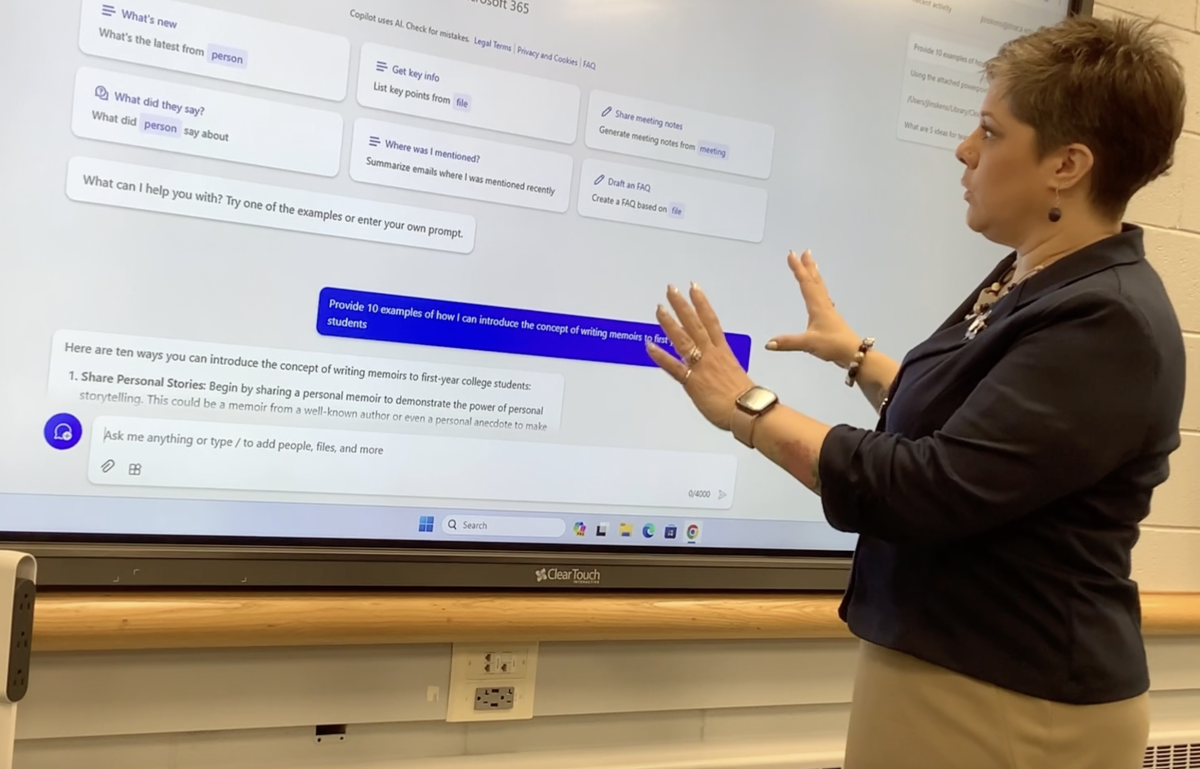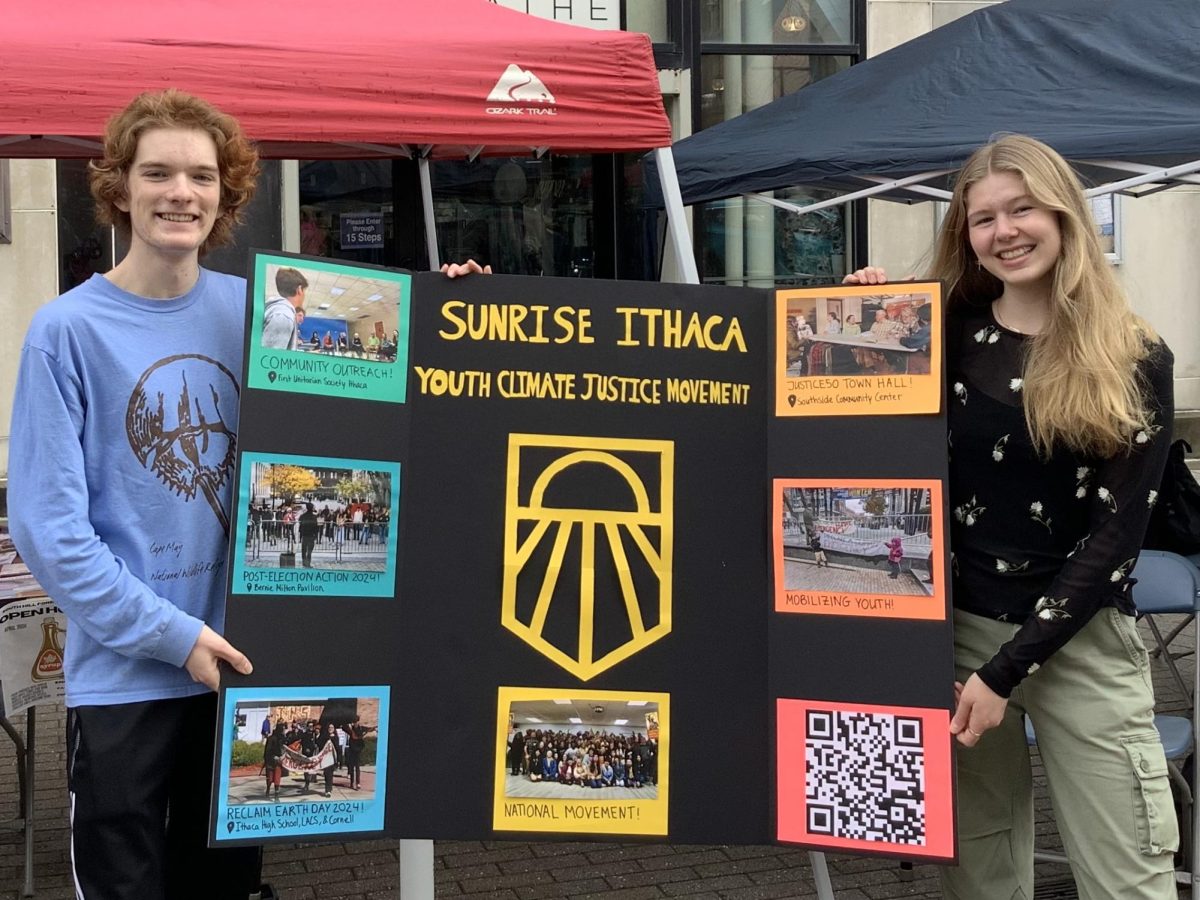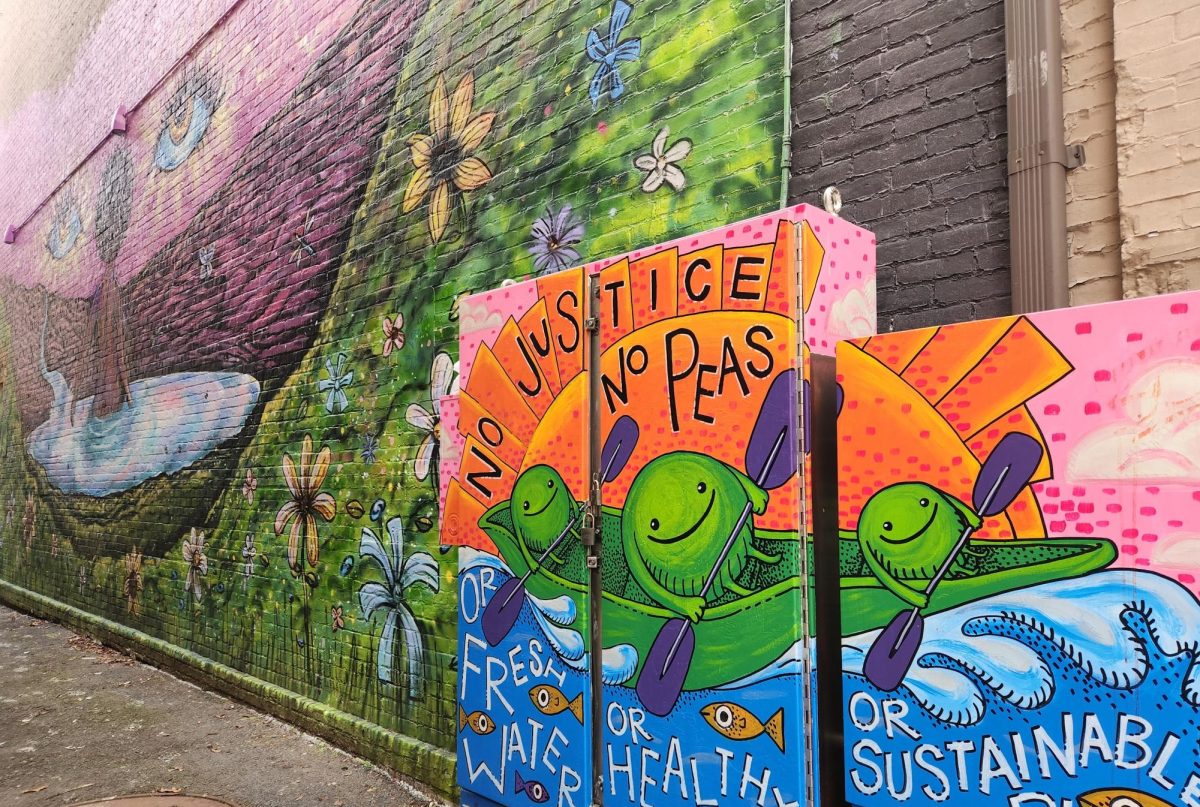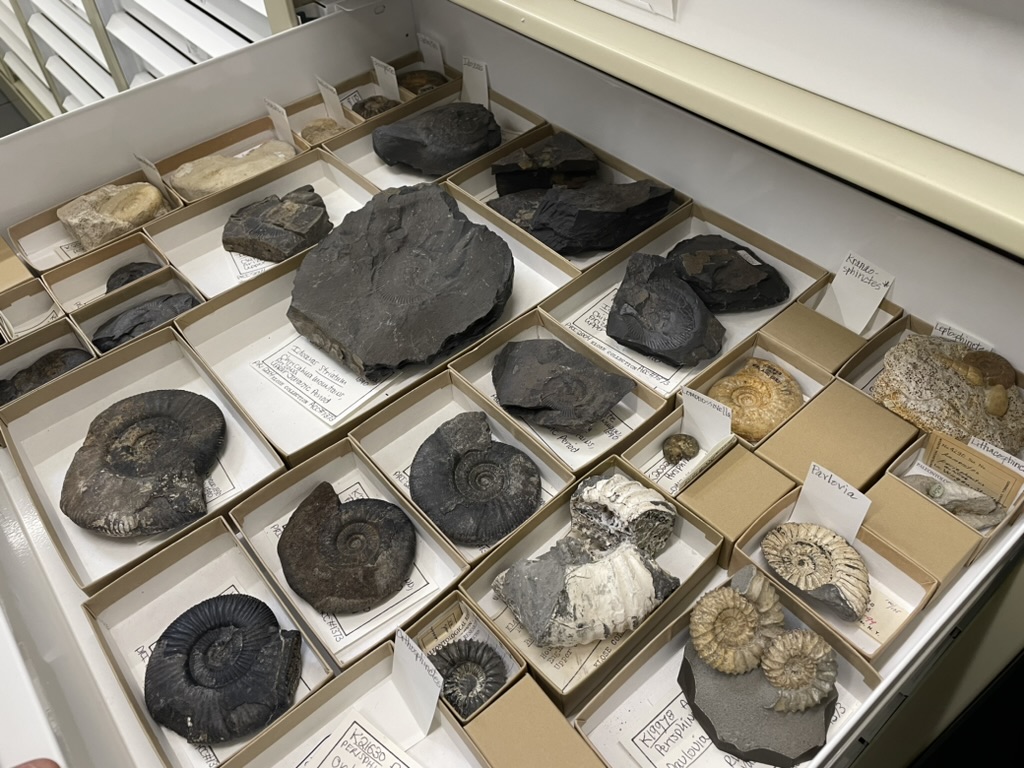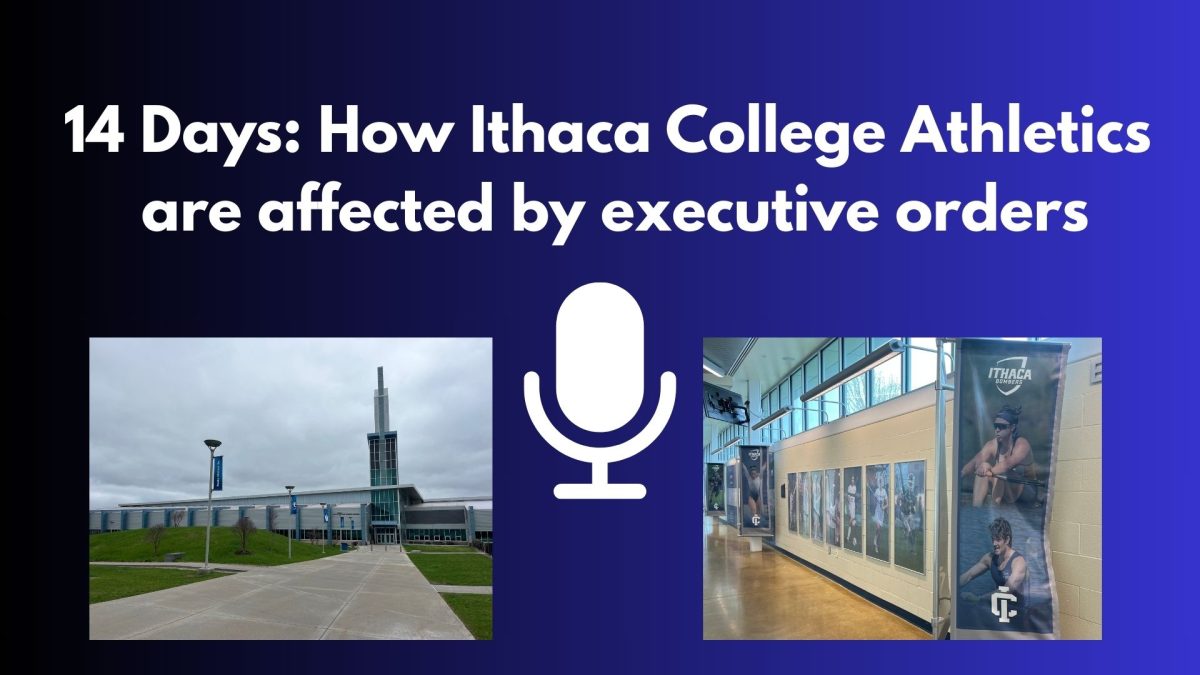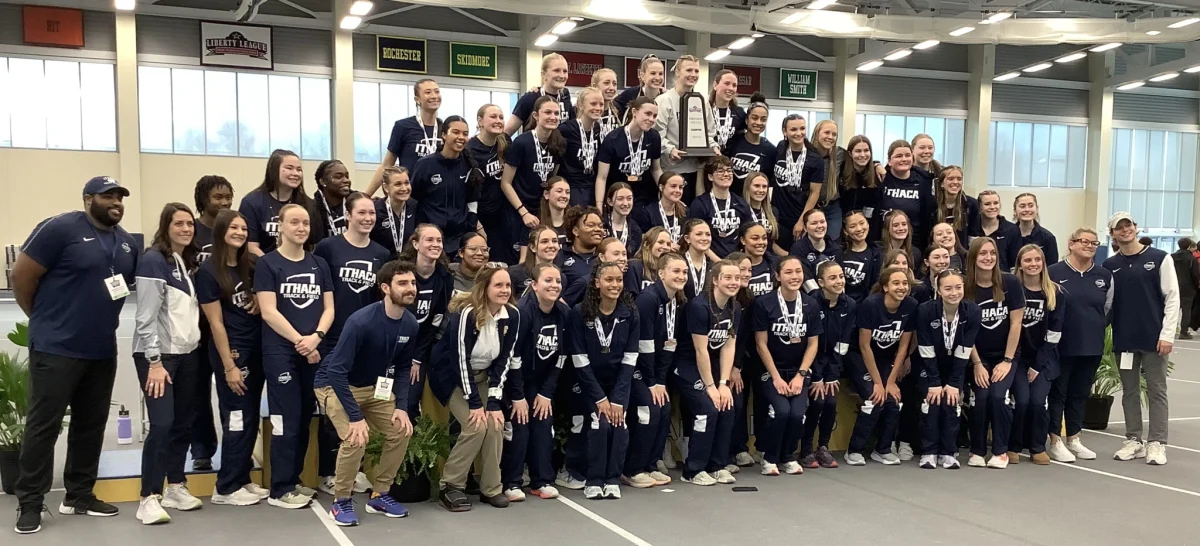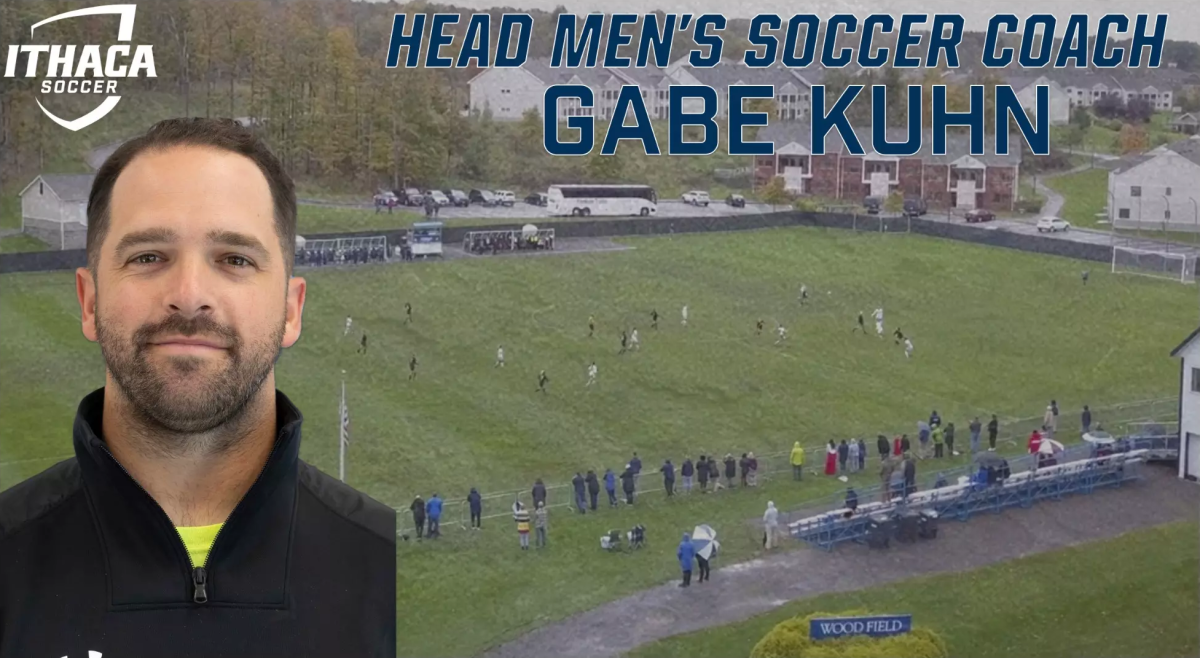Many college plantations and arboretums, such as the Arnold Arboretum at Harvard, offer guided walking tours of their areas. But since last summer, Cornell Plantations has offered guided running tours of the land to anyone who would like to learn more about the area they are running through. This year’s last tour was held on October 18, a week before Ithaca saw its first flurries of the season.
Billy Kepner and Sarah Fiorello, who work at Cornell Plantations, led the running tours. They started it and volunteer as the tour guides as a way to teach about the plantations.
“We want people to realize where they are running, that they are running through something beautiful, [and] that this is a living museum,” said Kepner.
Part of the plantations’ mission is to enrich and educate academic and public audiences in the community of the variety of horticulture collections in their botanical garden and arboretum and 3400 acres of natural lands.
Kepner and Fiorello who run half marathons together, designed each tour to be around five kilometers long, through paths that vary depending on the time of year and what is in bloom.
The October 18 tour started off at Kienzle Overlook, which is tucked away across the street from Cornell’s Dairy Bar, and made its first stop at Mary Rockwell Azalea Garden, half a mile down the road. The group circled half of Fall Creek, running along the north bank of Beebe Lake with a brief break by the roaring waterfall of Hemlock Gorge. They continued on until they reached the other side of the lake where they stopped at Mundy Wild Flower Garden, a quiet garden home to over 200 native plant species. The entire tour was a full circle that ended back at Kienzle Overlook after its last stop at Robison York State Herb Garden.
“The overall purpose of these tours is to get people oriented to where they are… So, in a 5K run, we stop about four or five times in the key areas we want to orient them to,” Fiorello said. “It’s not so much deep history, but we’ll touch on a few factoids about how the place got to be like it is. Mostly it’s orientation.”
Along the path were signs reminding visitors to use the established trails to avoid damaging the plant life. The plantations are home to many unique habitats of plants and animals that are surviving because of the efforts of those who work there, said Kepner.
People walking on gardens or mulched tree rings can cause damage to the landscape, said Donna Levy, environmental education outreach coordinator at Cornell Plantations.
“[Stepping on cultivated areas] compacts the soil. One of the components of soil is air. So you reduce the amount of air in the soil and that inhibits root growth,” Levy said. “It certainly is a concern, especially when you consider the number of visitors.”
Kepner and Fiorello had this in mind when they created the running tours.
“We are especially concerned with making sure people stay on trails, because a lot of these habitats [of newly re-planted native species] are just getting established,” said Fiorello.
The tour has had dozens of people participate with some coming back multiple times, such as Lansing resident, Jase Baese, who has participated in two running tours.
“It’s a lot of fun. It’s great to get out in the plantations. I’ve been walking in the plantations before but this is a great chance to cover a little bit more ground,” said Baese.
Despite the success of these runs in terms of runner turnout, growing from three participants to 20, according to Kepner, the founders of the tour may have to start charging non-members of the plantations . The money would help offset the costs of taking two people away from their jobs and would also help keep the plantations running. According to the plantations’ website, eighty percent of their funds come from their memberships and donors and they help to create gardens and preserve the natural areas they have.

